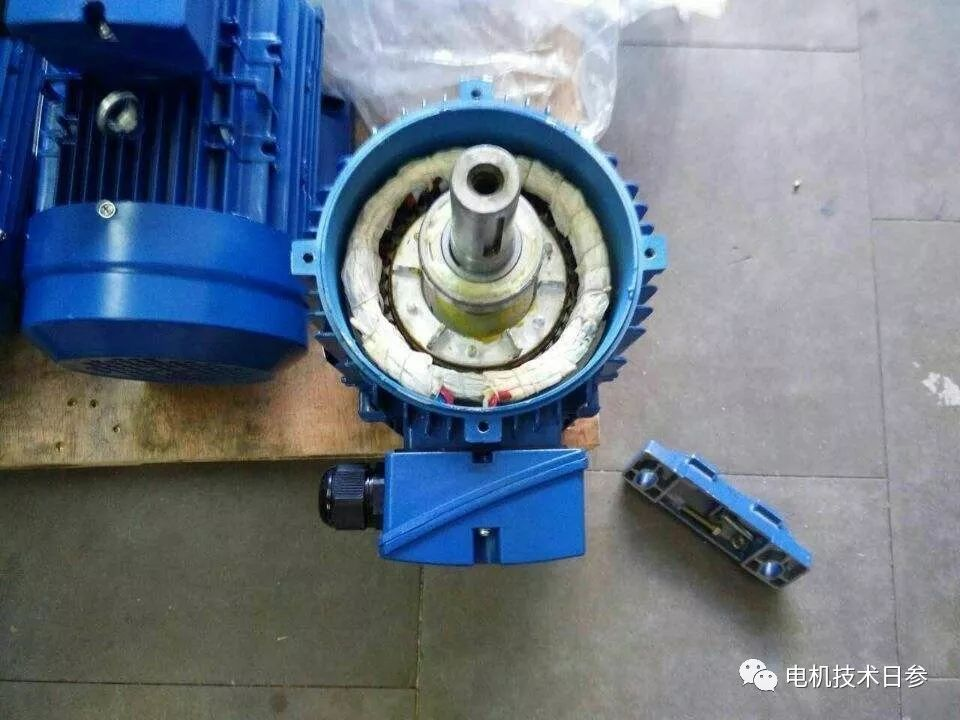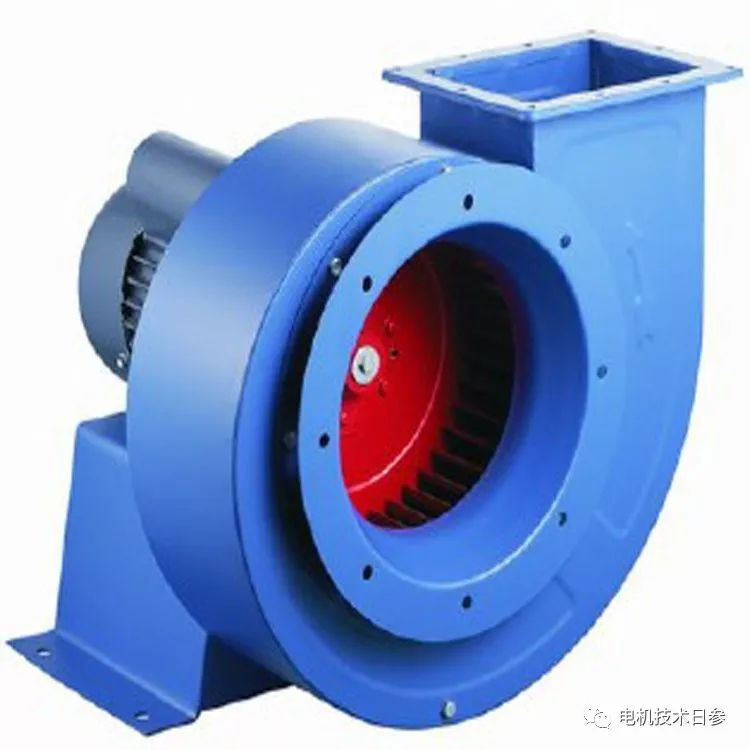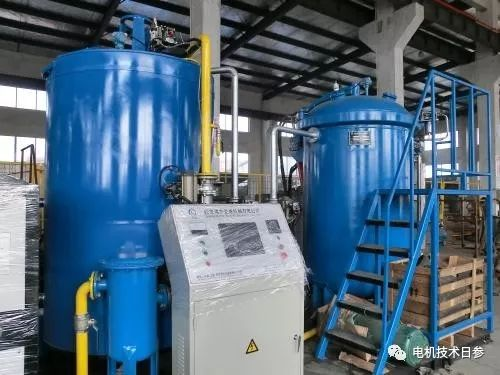Is there a relationship between motor noise and power frequency?
Generally speaking, motor noise has little correlation with power frequency. When motor designers design motors, they usually pay great attention to the operating characteristics at the specified power frequency, rarely adopt unconventional electromagnetic schemes and mechanical structures, and will continue to use similar electromagnetic and structural schemes with proven results. Even innovative designs are based on sufficient With advanced design experience and repeated demonstrations in the early stage, the electromagnetic or mechanical noise coupled with the power frequency will be avoided as fully as possible.
For example, the deflection calculation of the motor shaft, the rigidity check of the casing, the cast aluminum rotor chute, the stator chute of the permanent magnet motor, and the misalignment of the rotor magnet, etc., are all based on past experience or inherited achievements from peers. Of course, such inferences are based on the premise of the original design plan of the senior designer or the general design plan of the industry, and any enterprise will not easily try in this regard. However, there are always exceptions to everything, otherwise it would be too easy to be a motor designer, just like the rejuvenation of a famous doctor, excellent motor designers or motor experts often show superhuman wisdom and the ability to turn things around under exceptional circumstances.

In order to operate the motor with ultra-low noise under given working conditions, high-level motor designers and industry experts have invented sine wave or low harmonic windings. In practical applications, it is not easy to copy them, and it is necessary to select reasonable electromagnetic and structural solutions. , otherwise it will not appear that only a few motor manufacturers can win such orders. As frequency converters are increasingly used in motor drives, various problems that did not occur in the past have also been exposed. Typically, the motor will emit harsh howling when it runs to a certain frequency band, which is sometimes difficult to avoid. There is less noise related to the power frequency. If the designer does not have enough experience, such problems are almost impossible to solve.
With the rapid development of power electronics technology and new semiconductor devices, AC speed regulation technology has been continuously improved and improved, and gradually improved frequency converters have been widely used in AC motors due to their good output waveforms and excellent performance-price ratio. For example: large motors and medium and small roller table motors used in steel mills for steel rolling, traction motors for railways and urban rail transit, elevator motors, lifting motors for container lifting equipment, motors for water pumps and fans, compressors, and household appliances Motors, etc. have been using AC variable frequency speed regulation motors, and achieved good results.

When the speed of the asynchronous motor does not change much, the speed is proportional to the frequency. It can be seen that changing the frequency of the power supply can change the speed of the asynchronous motor. In frequency conversion speed regulation, it is always hoped that the main magnetic flux remains unchanged. If the main flux is greater than the flux during normal operation, the magnetic circuit will be oversaturated to increase the excitation current and reduce the power factor; if the main flux is smaller than the flux during normal operation, the motor torque will decrease.

In recent years, the international frequency conversion speed regulation transmission device has developed at an annual growth rate of 13% to 16%, and has a tendency to gradually replace most DC speed regulation transmission devices. Because the ordinary asynchronous motor working with constant frequency and constant voltage power supply has great limitations when it is applied to the frequency conversion speed regulation system, foreign countries have developed special frequency conversion AC motors designed according to the application occasions and requirements. For example, there are motors for low noise and low vibration, motors with improved low-speed torque characteristics, high-speed motors, motors with tachogenerators, and vector control motors.



























 XINDA
XINDA